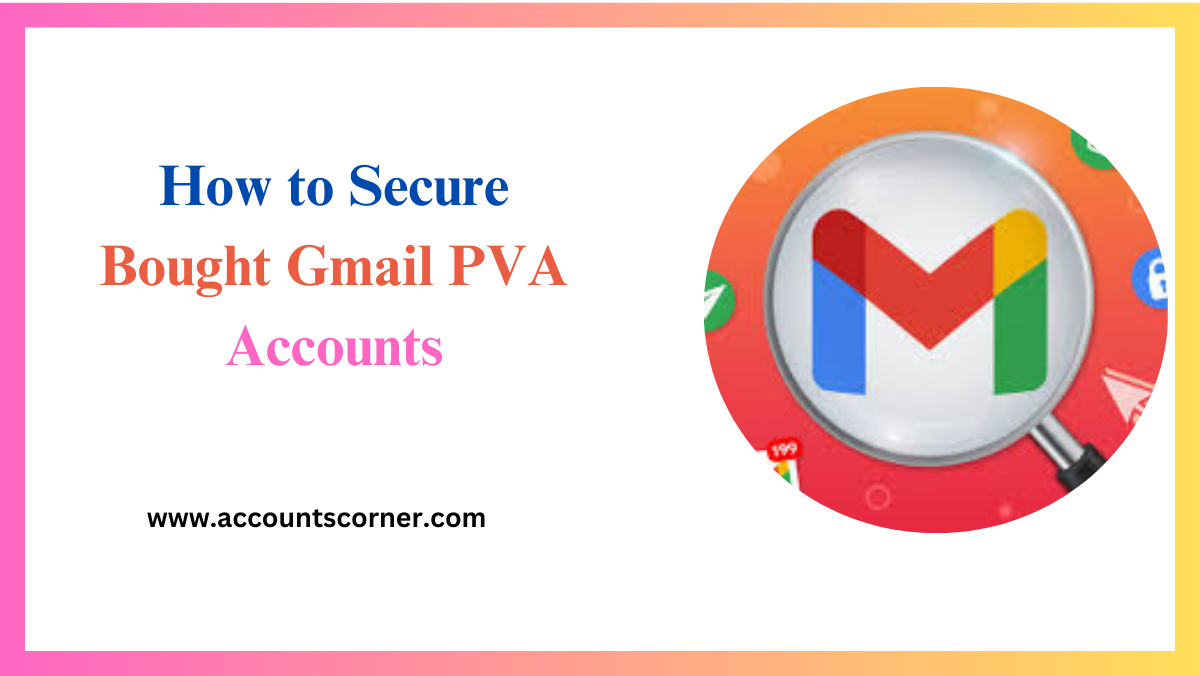Products
-
 Flicker New Accounts
Rated 5.00 out of 5$0.50
Flicker New Accounts
Rated 5.00 out of 5$0.50 -
 Discord New accounts With Gmail
Rated 5.00 out of 5$1.00
Discord New accounts With Gmail
Rated 5.00 out of 5$1.00 -
 Reddit New Accounts With Gmail
Rated 5.00 out of 5$1.00
Reddit New Accounts With Gmail
Rated 5.00 out of 5$1.00 -
 Quora New accounts With Gmail
Rated 5.00 out of 5$1.00
Quora New accounts With Gmail
Rated 5.00 out of 5$1.00 -
 Buy AOL AGED Accounts
Rated 5.00 out of 5$1.00
Buy AOL AGED Accounts
Rated 5.00 out of 5$1.00 -
 Buy Outlook New Accounts
Rated 5.00 out of 5$1.00
Buy Outlook New Accounts
Rated 5.00 out of 5$1.00 -
 Buy Hotmail Aged Accounts
Rated 5.00 out of 5$1.00
Buy Hotmail Aged Accounts
Rated 5.00 out of 5$1.00 -
 Youtube Accounts With Channel and Video
Rated 5.00 out of 5$2.00
Youtube Accounts With Channel and Video
Rated 5.00 out of 5$2.00 -
 Youtube Accounts With Channel
Rated 5.00 out of 5$1.00
Youtube Accounts With Channel
Rated 5.00 out of 5$1.00 -
 Buy Twitter Aged Accounts 2010 to 2021
Rated 5.00 out of 5$1.50
Buy Twitter Aged Accounts 2010 to 2021
Rated 5.00 out of 5$1.50
How to Secure Bought Gmail PVA Accounts
Posted by:
preethi

In today’s digital landscape, email has become an indispensable tool in both personal and professional realms. For many, Gmail stands out as the preferred service due to its seamless integration with other Google products, robust features, and reliability. However, purchasing Gmail PVA (Phone Verified Accounts) is becoming a trend among businesses looking for quick access to verified accounts. While this offers convenience, it also brings up significant concerns about security.
This blog post will guide you through securing your purchased Gmail PVA accounts effectively. From understanding the importance of security to implementing crucial measures, you’ll learn comprehensive strategies to protect your accounts. Let’s explore the pervasive threats and arm ourselves with the knowledge needed to safeguard our digital assets.
Table of Contents
ToggleUnderstanding Gmail PVA Account Security
When you buy Gmail accounts, especially Gmail PVA Accounts ones, you’re investing in an asset that needs protection. These accounts are prized for being already verified, giving users quick access to Gmail features without the hassle of verification processes. But with great convenience comes the potential risk of unauthorized access or misuse.
Understanding the security protocols embedded within Gmail PVA Accounts can offer peace of mind and ensure that the accounts remain secure. Gmail security best practices include regular updates, suspicious login alerts, and encryption of emails. Familiarizing yourself with these can significantly reduce vulnerabilities.
For those who might overlook the importance of securing Gmail PVA accounts, consider the repercussions of compromised data. Not only is there a risk of losing sensitive information, but there’s also the potential for reputational damage and financial setbacks. It’s crucial to prioritize security from the moment you purchase an account.
Essential Security Measures
Implementing foundational security measures can make all the difference in protecting your Gmail PVA accounts. These steps are often straightforward but can prevent many potential threats.
- Setting Up Two-Factor Authentication
One of the most effective ways to secure your Gmail account is by setting up two-factor authentication (2FA). This adds an additional layer of security by requiring a second form of verification, often a code sent to a mobile device, whenever logging in from an unfamiliar location or device.
Two-factor authentication for Gmail is straightforward to set up. Navigate to your account settings, select ‘Security’, and enable 2FA. This ensures that even if someone obtains your password, they won’t easily access your account without the second verification step.
By ensuring 2FA is active, you’re taking a proactive measure that significantly reduces the chances of unauthorized access. Given the increasing sophistication of cyber threats, this simple step provides an added shield for your Gmail PVA accounts.
- Creating Strong Passwords
While it may seem basic, creating a strong password is one of the most effective security measures. Avoid using easily guessed passwords such as ‘password123’ or ‘123456’. Instead, opt for a mix of uppercase and lowercase letters, numbers, and symbols.
A good practice is to use a password manager, which not only helps in creating complex passwords but also stores them securely. This ensures that you don’t have to remember each password while maintaining high security across all accounts.
Changing passwords regularly is another recommended practice. If you suspect any account activity, it’s wise to update your password immediately. Consistent refreshers can deter potential breaches and ensure your accounts remain safe.
- Managing Recovery Options
Recovery options are vital for regaining access to your account in case of forgotten passwords or suspicious activities. Ensure you have an updated recovery email and phone number associated with your Gmail PVA accounts.
Take a moment to review your account recovery settings regularly. This can be done by navigating to your account’s ‘Security’ section and ensuring all recovery options are current and accessible. Outdated information could prolong recovery time and complicate account access.
Having multiple recovery options adds an extra layer of security. It ensures that if one method fails (e.g., you lose access to your recovery email), you have backups in place, providing peace of mind.

Best Practices for Long-Term Security
Incorporating long-term security practices into your routine can fortify your Gmail PVA accounts against evolving threats. These habits not only protect individual accounts but also contribute to overall digital resilience.
Begin by educating yourself and your team (if applicable) about the latest security threats and trends. Knowledge is a powerful tool in combating cyber threats, and staying informed ensures you’re always a step ahead.
Regularly review account activities and any third-party apps with access to your Gmail. Revoke permissions for applications you no longer use or trust. This limits potential entry points for malicious actors.
Finally, consistently back up important emails and data. While Gmail PVA Accounts is generally reliable, unforeseen circumstances or breaches can compromise data. Having backups ensures continuity and minimizes potential disruptions.
Dealing with Compromised Accounts
Despite taking precautions, there may be times when an account is compromised. Knowing how to swiftly address and mitigate the situation is crucial.
First and foremost, remain calm. Panic can lead to rash decisions that might exacerbate the problem. Start by immediately changing your account password and enabling two-factor authentication if it wasn’t already activated.
Next, review recent account activity to identify unauthorized access points. This knowledge can aid in understanding how the breach occurred and preventing future incidents. Additionally, alert any affected contacts to potential risks without delay.
If the situation feels beyond personal resolution, it’s advisable to contact Gmail PVA Accounts support. They can provide guidance, investigate potential breaches, and offer additional security recommendations to prevent future occurrences.
Regular Security Audits
Conducting regular security audits is a proactive approach to maintaining account integrity. These audits involve assessing potential vulnerabilities and ensuring all security measures are up-to-date.
A comprehensive audit requires examining account access patterns, reviewing security settings, and ensuring updated recovery options. It’s beneficial to schedule these audits periodically, adjusting frequency based on the account’s sensitivity and usage.
Consider enlisting the help of cybersecurity professionals if you manage multiple Gmail PVA accounts or handle sensitive data. Their expertise can offer insights and strategies to further enhance security measures.
Monitoring for Suspicious Activity
One of the key elements in maintaining the security of your Gmail PVA accounts is vigilance. Actively monitoring your account for suspicious activity can help catch potential breaches early on. Keep an eye out for any unexpected login attempts, such as notifications about sign-ins from new devices or locations that you don’t recognize. Gmail often flags unfamiliar activity, giving you the chance to quickly respond by securing your account.
To ensure you’re aware of these activities, regularly check the “Last account activity” in your Gmail settings. This feature shows details of recent activity, including the type of access, and originating IP address. If you notice any unauthorized attempts, it’s crucial to act swiftly by changing your password and reviewing connected devices.
Additionally, setting up alerts for any major account changes can be instrumental in early threat detection. These alerts can notify you of changes to recovery options, password resets, or two-factor authentication setups. Being proactive and informed helps you maintain control over your digital security landscape, thus safeguarding your accounts against potential threats.
Importance of Two-Factor Authentication
Implementing two-factor authentication (2FA) is an essential step to bolster the security of your Gmail PVA accounts. By requiring a second verification step in addition to your password, 2FA significantly decreases the chances of unauthorized access. This additional layer can be a code sent to your phone, a fingerprint scan, or even a security key.
The most common form of 2FA involves receiving a temporary code via text message or an authentication app, which must be entered to access your account. This ensures that even if your password is compromised, the attacker would require the second factor to proceed, making unauthorized access extremely difficult.
It’s vital to configure 2FA using multiple methods if possible, in case one becomes inaccessible. For example, a recovery code can serve as an excellent backup. Setting up 2FA is usually straightforward and can be done through your account’s security settings, offering peace of mind by elevating your account’s defense against potential threats.
Recognizing Phishing Attempts
Phishing attempts are one of the most common security threats facing Gmail PVA accounts. These deceptive tactics typically involve creating fake emails or websites designed to trick you into providing sensitive information like passwords or credit card numbers. Being able to identify such attempts is crucial for protecting your accounts from unauthorized access.
To recognize phishing attempts, look for subtle clues in emails, such as misspelled words, unfamiliar greetings, or requests for urgent action. Genuine companies will rarely ask for sensitive information in this manner. Additionally, scrutinize the email address of the sender for discrepancies that may reveal it as a fraudulent source.
If you suspect an email as phishing, avoid clicking any links or downloading attachments. Instead, report it to Gmail using the “Report phishing” option, which helps Google identify and address similar threats. Staying cautious and skeptical of unexpected communication can be highly effective in protecting your accounts from phishing-related breaches.
Conclusion
In a world where digital threats are constantly evolving, securing your bought Gmail PVA accounts is non-negotiable. By understanding the inherent security features, implementing essential measures, and committing to ongoing vigilance, you can protect your accounts from potential breaches.
The strategies outlined here—ranging from enabling two-factor authentication to conducting regular security audits—are straightforward yet effective. They not only safeguard individual accounts but also foster a culture of security awareness and resilience.
Remember, the responsibility of security doesn’t end once measures are in place. Stay informed, adapt to emerging threats, and continuously refine your security strategies. With these proactive steps, you’ll ensure your Gmail PVA accounts remain secure, allowing you to focus on leveraging their benefits without concern.
















